In the field of elementary math education, the concept of abstract mathematical ideas can be challenging for young learners to grasp. However, with virtual math manipulatives, educators now have a powerful tool to bridge this gap and facilitate a deeper understanding of mathematical concepts. In this blog post, we will explore the benefits of virtual math manipulatives and how they can be seamlessly integrated into math lessons for elementary students.

Benefits of Virtual Math Manipulatives:
Virtual math manipulatives offer a host of advantages that can significantly enhance the learning experience for students:
1. Visual representation: Virtual manipulatives visually represent abstract concepts, making them more tangible and accessible to young learners. By engaging with digital tools that mimic physical manipulatives such as blocks, counters, and geometric shapes, students can better visualize and comprehend mathematical relationships.
2. Interactive exploration: Through virtual math manipulatives, students can actively manipulate objects on the screen, observing real-time changes and experimenting with different scenarios. This interactivity fosters an environment of exploration, problem-solving, and critical thinking, enabling students to develop a deeper understanding of mathematical principles.
3. Mistake-friendly environment: One of the advantages of virtual manipulatives is the ability to easily undo actions and reset objects, allowing students to learn from their mistakes without fear of wasting physical materials. This encourages a growth mindset, empowering students to take risks, learn through trial and error, and build resilience in their mathematical journey.
4. Customization and differentiation: Virtual manipulatives often come with customization options, enabling teachers to tailor the complexity or difficulty level to meet the individual needs of students or groups. This versatility ensures that students receive targeted support or enrichment, facilitating a more personalized learning experience.
5. Real-time feedback and assessment: Some virtual manipulative tools offer instant feedback and assessment features. Teachers can monitor student progress, identify misconceptions, and provide timely interventions. This real-time feedback not only assists educators in guiding their instruction but also empowers students to reflect on their solutions and make necessary adjustments.
Integration of Virtual Math Manipulatives in Math Lessons:
Virtual math manipulatives can be seamlessly integrated into math lessons in various ways, promoting engagement and conceptual understanding:
1. Small group instruction: Utilizing virtual manipulatives in small group settings allows for collaborative problem-solving and discussion among students. The interactive nature of these tools fosters communication and teamwork skills, as students work together to explore and understand mathematical concepts.
2. Math centers: Virtual manipulatives are an excellent resource for math centers, providing students with opportunities for independent exploration and self-directed learning. Interactive activities and games involving virtual manipulatives reinforce skills and concepts while keeping students engaged and motivated.
3. Supporting conceptual understanding: Virtual manipulatives play a crucial role in bridging the gap between concrete and abstract concepts. By using these tools, students can establish connections and relationships between different mathematical ideas, promoting a deeper conceptual understanding.
Access to Virtual Math Manipulatives as Learning Resources:
Accessing virtual math manipulatives has become increasingly convenient due to online platforms and educational websites. These platforms offer a wide range of virtual manipulative resources, often at no or minimal cost. Additionally, integration with learning management systems or classroom technology enables teachers to seamlessly incorporate virtual manipulatives into digital learning environments, providing easy access and organization for both teachers and students.
Didax Virtual Math Manipulatives - This is one of my favorite and most comprehensive websites for math manipulatives. It includes math frames, rekenreks, colored counters, spinners, dice, and more.
Toy Theater Virtual Manipulatives - Toy Theater is divided into categories so the user can go directly to the math skill.
National Library of Virtual Manipulatives - Select the skill and grade level
Math Learning Center Apps - Web-based and apps for mobile devices
Polypad - Includes manipulatives, lessons, and activities
Math Playground - Includes manipulatives that aren't seen on some of the other sites
Braining Camp - More manipulatives including money
NCTM Illuminations - also includes lessons
Desmos - Interactive clock; analog and digital
GeoGebra - Good but has a very simple design
Split Screen - This is a Chrome extension so students can see multiple tabs. It's excellent for students to use manipulatives while solving problems.
PHET Simulations - Includes videos
Learning management systems (LMS): Some learning management systems, like Google Classroom, Canvas, or Schoology, have built-in features or integrations with virtual math manipulative tools. These tools can be directly accessed within the LMS platform, allowing teachers to incorporate virtual manipulatives seamlessly into their online courses and assignments.
Interactive whiteboards and software: If you have an interactive whiteboard or smart board in your classroom, there are software applications specifically designed for these devices that provide virtual math manipulatives. Examples include SMART Notebook software, Promethean ActivInspire, and MimioStudio. These software applications often come with a variety of preloaded virtual manipulatives for teachers to use during lessons.
It's important to explore these options and choose the virtual math manipulatives that best suit your instructional goals and the needs of your students. Whether through online platforms, apps, learning management systems, interactive whiteboards, or educational resource websites, virtual math manipulatives offer a wealth of engaging and interactive tools to enhance math learning experiences.
Why virtual math manipulatives are better than ones you purchase:
1. Cost-effective: Virtual math manipulatives are often more cost-effective compared to purchasing physical manipulatives. Many virtual manipulative resources are available online for free or at a lower cost, reducing the financial burden on schools and educators. This accessibility allows for a wider range of manipulatives to be utilized without the need for significant investments.
2. Versatility and variety: Virtual math manipulatives offer a vast array of options and flexibility. With digital tools, educators have access to a wide variety of manipulatives, ranging from blocks, counters, and geometric shapes to fractions, algebraic expressions, and more. This versatility allows for the exploration of diverse mathematical concepts and provides opportunities to cater to the specific needs of individual students.
3. Portability and accessibility: Virtual math manipulatives are highly portable and accessible. They can be easily accessed on computers, tablets, or interactive whiteboards, making them available for both in-class and remote learning environments. Students can engage with virtual manipulatives anytime and anywhere, facilitating continuous learning and reinforcement of mathematical concepts.
4. Storage and organization: Virtual manipulatives eliminate the need for physical storage space. With digital resources, there is no concern about organizing and storing physical objects, reducing clutter in the classroom. Additionally, virtual manipulatives can be easily organized and categorized within digital platforms or learning management systems, allowing for quick and efficient retrieval when needed.
5. Interactive features and feedback: Virtual math manipulatives often come with interactive features and provide real-time feedback. These tools can simulate dynamic changes and transformations, allowing students to observe and understand mathematical concepts in action. Furthermore, instant feedback and assessment features help students identify and correct errors, promoting a deeper understanding of the material.
6. Software updates and enhancements: Virtual manipulative resources are regularly updated and enhanced with new features. This ensures that educators have access to the latest tools and advancements in virtual manipulatives, expanding their instructional options and accommodating evolving teaching practices and curriculum requirements.
7. Eco-friendly and sustainability: Virtual math manipulatives contribute to a more eco-friendly and sustainable learning environment. By reducing the consumption of physical materials, virtual manipulatives help minimize waste and conserve resources. This aligns with the growing focus on sustainability and encourages environmentally responsible educational practices.
While physical math manipulatives certainly offer unique benefits and a tangible sensory experience, virtual math manipulatives offer distinct advantages in terms of cost, versatility, portability, interactive features, organization, sustainability, and continuous updates. By leveraging the strengths of both virtual and physical manipulatives, educators can provide a well-rounded and engaging learning experience for elementary students.
Virtual math manipulatives have revolutionized elementary math education by providing a dynamic and interactive learning experience for students. By harnessing the power of visual representation, interactivity, and customization, these digital tools help students build a deeper understanding of abstract mathematical concepts. With the integration of virtual manipulatives into small group instruction, math centers, and everyday lessons, educators can create engaging lessons.
Math Activities that use manipulatives.





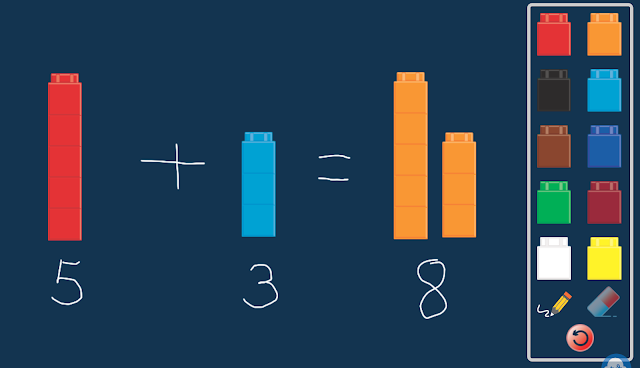
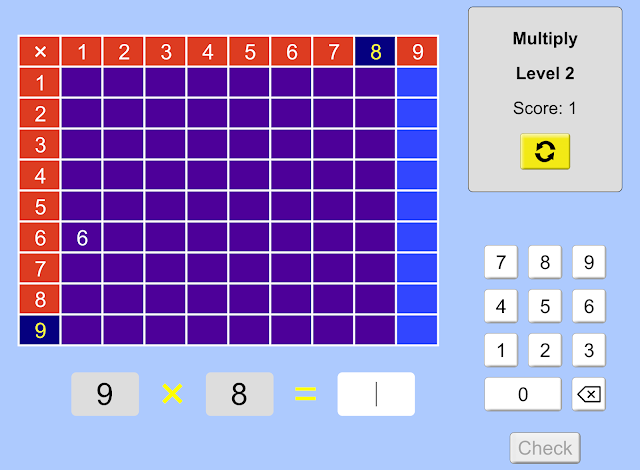






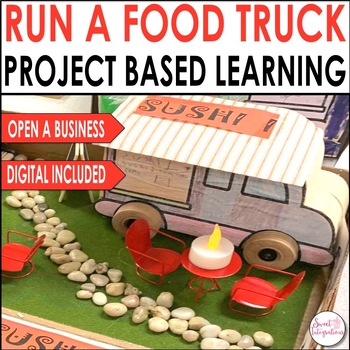


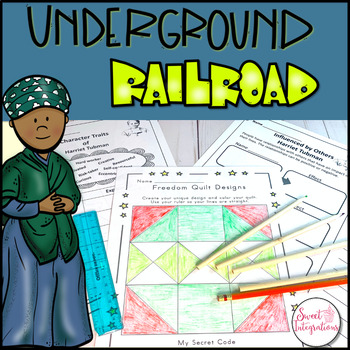


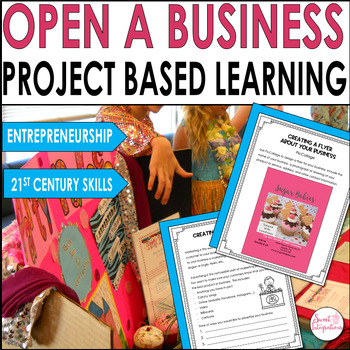






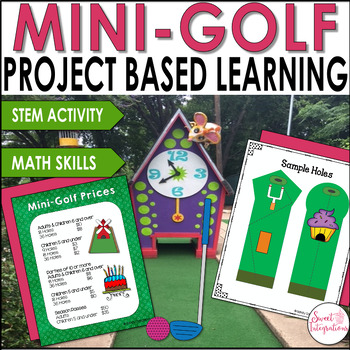


No comments